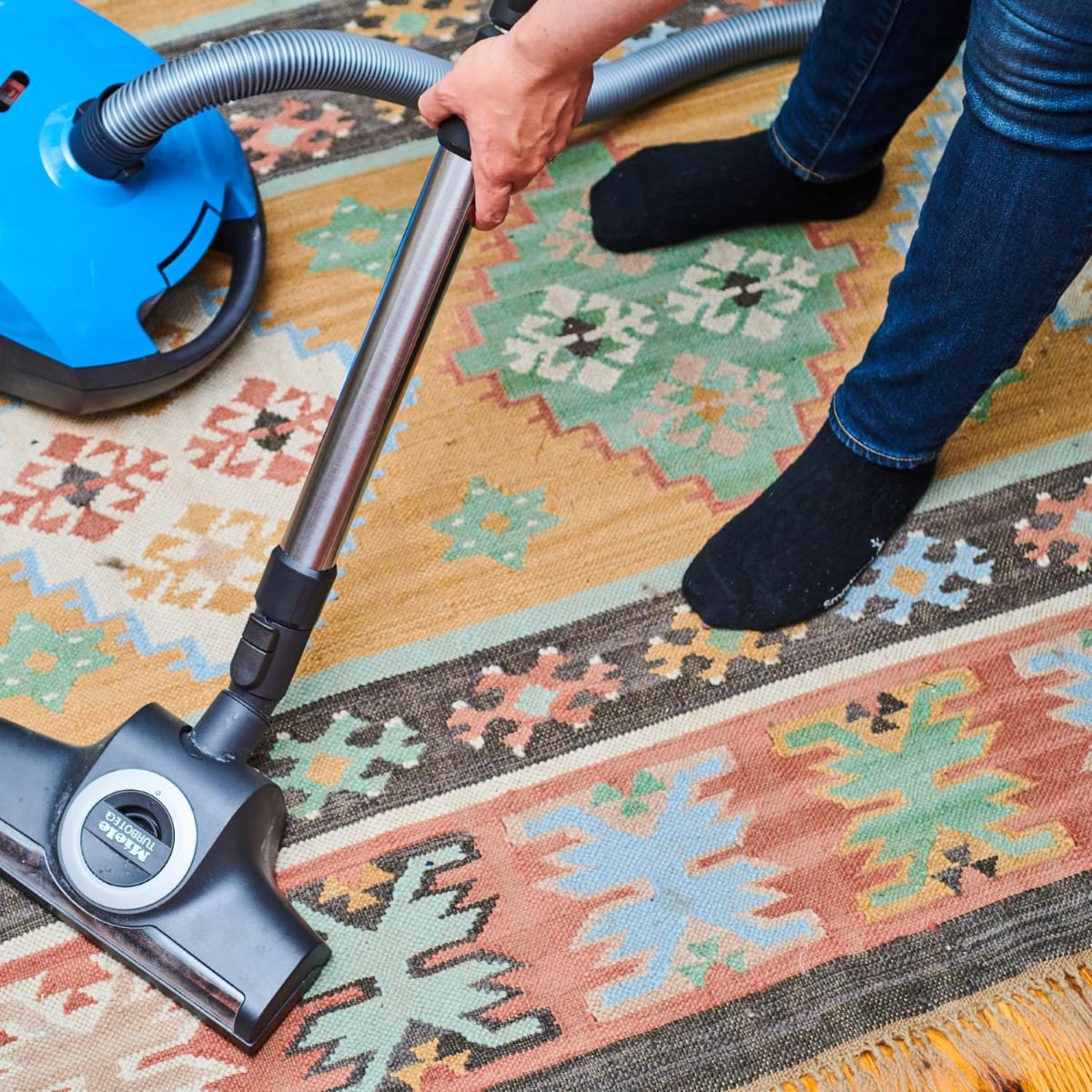

Articles
How To Clean Large Rugs
Modified: January 9, 2024
Discover effective methods and articles on how to clean large rugs. Keep your rugs looking pristine and allergy-free with our expert tips.
(Many of the links in this article redirect to a specific reviewed product. Your purchase of these products through affiliate links helps to generate commission for Storables.com, at no extra cost. Learn more)
Introduction
Cleaning large rugs can be a daunting task, but with the right knowledge and techniques, it’s a task that can be accomplished effectively and efficiently. Whether you have a large area rug in your living room, a runner in your hallway, or a plush rug in your bedroom, regular cleaning is essential to maintain their beauty and extend their lifespan.
In this article, we will guide you through the step-by-step process of cleaning large rugs. We will cover the supplies you’ll need as well as the various methods you can use, from dry cleaning to shampooing and steam cleaning. By following these instructions, you’ll be able to keep your large rugs looking fresh and clean.
But before we dive into the cleaning process, it’s important to note that different types of rugs may require specific cleaning instructions. Always check the care label or manufacturer’s instructions before proceeding with any cleaning method. Additionally, it’s recommended to test any cleaning solution or method on a small, inconspicuous area of the rug first to ensure it doesn’t cause any damage or discoloration.
Now, let’s gather the necessary supplies to get started on cleaning your large rugs.
Key Takeaways:
- Keep your large rugs looking fresh and beautiful by gathering the right supplies, preparing the area, and utilizing dry cleaning methods such as vacuuming and brushing to remove loose dirt and debris.
- For a deeper clean, consider shampooing or steam cleaning your large rugs to thoroughly remove embedded dirt, stains, and allergens. Ensure proper drying and final touches to maintain their cleanliness and appearance.
Read also: 15 Best Large Area Rugs for 2024
Gathering the Necessary Supplies
Before you begin cleaning your large rugs, it’s important to gather all the necessary supplies. Having the right tools and products on hand will make the process much smoother and more efficient. Here’s a list of what you’ll need:
- Vacuum Cleaner: A good quality vacuum cleaner with adjustable settings and a brush attachment is essential for removing loose dirt and debris from the rug’s surface.
- Broom or Brush: In addition to a vacuum cleaner, you may also need a broom or brush to gently loosen and remove any stubborn dirt or pet hair on the rug.
- Spot Cleaner: A spot cleaner or stain remover specifically designed for rugs can help tackle any stains or spills on the rug’s surface.
- Shampoo or Carpet Cleaner: Depending on the material of your rug, you may need a suitable shampoo or carpet cleaner. Check the manufacturer’s instructions or consult a professional to ensure you’re using the right product.
- Bucket: A bucket will come in handy for mixing cleaning solutions or for rinsing out the rug if necessary.
- Sponge or Soft Cloth: A sponge or soft cloth can be used for applying spot cleaner or shampoo to the rug’s surface.
- Water: Clean water will be necessary for rinsing out the rug or diluting cleaning solutions.
- Scraper or Plastic Knife: If there are any dried or hardened stains on the rug, a scraper or plastic knife can be used to gently scrape them off without damaging the fibers.
- Fans or Air Circulation: Having fans or good air circulation in the room will help speed up the drying process after cleaning the rug.
- Protective Gloves: It’s always a good idea to protect your hands with gloves, especially when using cleaning solutions or dealing with potentially harmful substances.
Once you’ve gathered all the necessary supplies, you’re ready to move on to preparing the area for cleaning.
Preparing the Area for Cleaning
Before you begin cleaning your large rug, it’s important to prepare the area to ensure the best possible cleaning results. Here are a few steps to follow:
- Clear the Area: Remove any furniture, decorations, or obstacles from the vicinity of the rug. This will give you ample space to work and prevent any items from getting in the way during the cleaning process.
- Dust and Sweep: Use a broom or dust mop to remove loose dirt and debris from the surrounding area. This will prevent it from getting onto the rug during cleaning.
- Protect Flooring: If you’re cleaning the rug on a hard surface floor, such as tile or hardwood, place a tarp or plastic sheet underneath the rug to protect the floor from any cleaning solutions or moisture that may seep through.
- Secure Edges: If your rug has loose edges or corners, consider using double-sided carpet tape or rug grippers to secure them to the floor. This will prevent any tripping hazards and ensure that the rug stays in place during cleaning.
- Check for Colorfastness: Before applying any cleaning solution, test it on a small, inconspicuous area of the rug to ensure it doesn’t cause any color fading or damage. This step is particularly important for delicate or antique rugs.
- Identify Stains: Take note of any visible stains or spots on the rug that require special attention. This will help guide your cleaning process and ensure that you give extra care to those areas.
- Open Windows or Use Ventilation: If possible, open windows or use fans to create good air circulation in the room. This will help in the drying process after cleaning.
- Put on Protective Gear: It’s always a good idea to wear protective gloves and possibly a mask, especially if you’re using strong cleaning solutions or dealing with mold or mildew.
By following these steps and preparing the area properly, you’ll create the ideal environment for cleaning your large rug. Now, let’s move on to the dry cleaning methods that you can use.
Dry Cleaning Methods
Dry cleaning is a common method used to clean large rugs, especially those that are delicate or made from natural fibers. This method involves removing dirt and debris without the use of water. Here are a couple of dry cleaning methods you can use:
- Vacuuming: Start by thoroughly vacuuming the rug to remove surface dirt, dust, and loose fibers. Use the appropriate brush attachment, and make sure to vacuum both sides of the rug for a thorough clean. Pay extra attention to high-traffic areas and any visible stains.
- Broom or Brushing: In addition to vacuuming, you can also use a broom or brush to gently loosen and remove dirt and debris from the rug’s surface. This step can be particularly effective for rugs with a shaggy or deep-piled texture.
By regularly using these dry cleaning methods, you can easily maintain the cleanliness and appearance of your large rug. However, if you have stubborn stains or spills on your rug, you may need to move on to spot cleaning.
Vacuuming the Rug
Vacuuming is an essential step in the cleaning process for large rugs, as it helps remove loose dirt, dust, and debris from the rug’s surface and fibers. Follow these steps to effectively vacuum your rug:
- Prepare the Vacuum: Start by ensuring that your vacuum cleaner is in good working condition. Check the bag or canister and empty it if necessary. Make sure that the brush attachment is clean and free from any tangled fibers or hair.
- Adjust the Settings: Most vacuum cleaners have adjustable settings to accommodate different types of rugs. If your vacuum has a height adjustment feature, set it according to the rug’s pile height. For thicker pile rugs, raise the height, and for thinner pile rugs, lower the height to allow for better suction.
- Remove Furniture: If possible, move any furniture off the rug to allow for easier access and thorough cleaning.
- Vacuum Both Sides: Start by vacuuming the front side of the rug, using slow and overlapping strokes to ensure thorough cleaning. Pay extra attention to high-traffic areas, as they tend to accumulate more dirt and debris. Then, flip the rug over and vacuum the backside as well. This will help remove any dirt or dust trapped between the fibers.
- Don’t Forget the Edges and Fringes: Use the crevice attachment or an upholstery attachment to clean the edges and fringes of the rug. Gently run the attachment along the edges to remove any dirt or debris that may have accumulated there.
- Repeat the Process: For heavily soiled rugs, or if you haven’t vacuumed your rug in a while, you may need to repeat the process on both sides to ensure a thorough clean. Continue vacuuming until you no longer see a significant amount of dirt or debris being picked up by the vacuum.
After vacuuming, take a moment to inspect the rug for any visible stains or spots that need extra attention. If you come across any stains, it’s time to move on to spot cleaning.
When cleaning large rugs, start by vacuuming both sides to remove loose dirt and debris. Then, use a mild detergent and water to spot clean any stains, and allow the rug to air dry completely before placing it back in the room.
Read more: How To Clean Large Mirrors
Spot Cleaning Stains
Spot cleaning is an effective method to target and treat specific stains or spills on your large rug. By addressing stains promptly, you can prevent them from setting in and becoming more challenging to remove. Here’s a step-by-step guide for spot cleaning stains:
- Identify the Stain: Take a closer look at the stain and try to identify what caused it. Different types of stains may require different cleaning solutions and techniques. Common types of stains include food and beverage spills, pet accidents, oil or grease stains, and ink marks.
- Blot the Stain: For liquid stains, first, gently blot the stain with a clean cloth or paper towel to absorb as much of the liquid as possible. Avoid rubbing the stain, as it can spread and make the situation worse.
- Choose a Cleaning Solution: Depending on the type of stain, choose an appropriate cleaning solution. Common options include mild dish soap diluted with water, white vinegar and water solution, hydrogen peroxide, or a store-bought stain remover specifically designed for rugs. Always test the cleaning solution on a small, inconspicuous area of the rug to ensure it doesn’t cause any color fading or damage.
- Apply the Cleaning Solution: Using a clean sponge or soft cloth, apply the cleaning solution to the stain. Gently blot the stained area, working from the outer edges toward the center. Continue this process until the stain begins to fade or is completely removed.
- Rinse the Area: Once the stain is lifted, rinse the area with clean water to remove any remaining residue from the cleaning solution. Use a sponge or cloth soaked in water to blot the area. Make sure not to oversaturate the rug to avoid potential damage.
- Dry the Rug: After spot cleaning, it’s crucial to dry the rug thoroughly to prevent any moisture-related issues such as mold or mildew growth. You can either use a hairdryer set on low heat or air dry the rug by opening windows or using fans to promote air circulation. Avoid placing the rug back on the floor until it’s completely dry.
- Repeat if Necessary: Depending on the severity of the stain, you may need to repeat the spot cleaning process multiple times for stubborn stains. Patience and persistence can often lead to successful stain removal.
Remember, it’s important to act quickly when dealing with stains on your rug. The longer a stain sits, the harder it can be to remove. If spot cleaning doesn’t fully eliminate the stain or if you have an overall dirty rug, it may be time to proceed with shampooing the rug.
Shampooing the Rug
Shampooing your large rug is a deep-cleaning method that helps remove dirt, stains, and odors. It involves using a specialized rug shampoo or carpet cleaner to thoroughly clean the rug’s fibers. Here’s a step-by-step guide to shampooing your rug:
- Prepare the Rug: Start by removing any loose dirt or debris from the rug’s surface by vacuuming it, following the instructions outlined earlier in this article. This step ensures that the shampoo can penetrate the rug’s fibers more effectively.
- Mix the Shampoo Solution: Dilute the rug shampoo or carpet cleaner according to the manufacturer’s instructions. Some products may require you to mix them with water in a bucket, while others may come in a ready-to-use formula. Follow the recommended ratios to ensure proper cleaning.
- Test the Shampoo Solution: Before applying the shampoo solution to the entire rug, test it on a small, inconspicuous area to ensure it doesn’t cause any color fading or damage. Wait for a few minutes and check for any adverse reactions.
- Apply the Shampoo Solution: Working in sections, pour or spray the shampoo solution onto the rug’s surface. Use a clean sponge or soft brush to work the solution into the fibers, following the direction of the pile. Apply gentle pressure and scrub in a circular motion, paying extra attention to any heavily soiled or stained areas.
- Rinse the Rug: Once you’ve shampooed the entire rug, rinse it thoroughly to remove any residual soap or cleaner. You can either use a clean sponge or cloth soaked in clean water to blot the rug or opt for a wet/dry vacuum cleaner to extract the excess moisture.
- Dry the Rug: After rinsing, it’s important to dry the rug thoroughly to prevent any moisture-related issues. You can speed up the drying process by using fans, opening windows, or using a dehumidifier. Avoid walking on the rug until it’s completely dry.
- Fluff and Groom: Once the rug is dry, use a soft brush or broom to gently fluff the fibers and restore their natural appearance. This step helps the rug regain its original texture and appearance.
- Spot Treat if Necessary: If you notice any remaining stains after shampooing, go back and spot treat them individually using the spot cleaning methods discussed earlier.
Shampooing your large rug at least once a year, or as needed, will help keep it clean and fresh. However, for an even deeper clean, you may consider steam cleaning the rug.
Steam Cleaning the Rug
Steam cleaning, also known as hot water extraction, is a highly effective method for deep cleaning large rugs. It uses hot water and a specialized cleaning solution to remove embedded dirt, stains, and allergens from the rug’s fibers. Here’s a step-by-step guide to steam cleaning your rug:
- Prepare the Rug: Begin by vacuuming your rug to remove any loose dirt, dust, or debris on the surface. This step ensures that the steam cleaner can focus on deep cleaning the fibers.
- Prepare the Steam Cleaner: Fill the steam cleaner’s reservoir with hot water and add the appropriate amount of cleaning solution according to the manufacturer’s instructions. Different steam cleaners may have different guidelines, so make sure to read the manual carefully.
- Test in an Inconspicuous Area: Before proceeding with steam cleaning the entire rug, test the steam cleaner on a small, inconspicuous area to ensure it doesn’t cause any damage or discoloration.
- Work in Sections: Divide the rug into manageable sections and begin steam cleaning one section at a time. Start from one corner of the rug and slowly work your way across, using overlapping strokes to ensure thorough cleaning.
- Follow Proper Technique: Hold the steam cleaner’s nozzle against the rug and press the trigger to release the hot water and cleaning solution. Gently move the nozzle back and forth or in a crosshatch pattern, allowing the steam to penetrate the fibers and loosen dirt. Avoid saturating the rug too much to prevent over-wetting.
- Extract Dirt and Moisture: As you steam clean, the machine will simultaneously extract the dirt and moisture from the rug. Be sure to follow the steam cleaner’s instructions on how to properly extract the dirty water.
- Rinse the Rug: To eliminate any residual cleaning solution, refill the steam cleaner with clean water and go over the rug again. This step helps to rinse out any remaining traces of the cleaning solution.
- Dry the Rug: After steam cleaning, it’s crucial to dry the rug thoroughly to prevent mold or mildew growth. Open windows, use fans, or turn on the air conditioner to promote air circulation and expedite the drying process. Avoid walking on the rug until it’s completely dry.
- Groom the Fibers: Once the rug is dry, use a soft brush or broom to gently groom the fibers. This step helps restore the rug’s texture and appearance.
Steam cleaning your large rug periodically, usually once or twice a year, will help maintain its cleanliness, remove deep-seated dirt, and rejuvenate its appearance. However, it’s important to note that not all rugs are suitable for steam cleaning, so always check the manufacturer’s instructions or consult a professional if you’re unsure.
Now that you’ve successfully steam cleaned your rug, it’s time to focus on the final steps to ensure proper drying and give your rug those finishing touches.
Drying and Final Touches
The drying process is crucial after cleaning your large rug to prevent mold, mildew, and other moisture-related issues. Follow these steps to ensure proper drying and add the final touches to your clean rug:
- Remove Excess Moisture: If your rug feels damp after cleaning, use a clean towel or absorbent cloth to blot and remove as much moisture as possible. Press firmly but avoid rubbing, as it can damage the rug’s fibers.
- Air Circulation: Create good air circulation in the room by opening windows, turning on fans, or using a dehumidifier to expedite the drying process. This helps to evaporate the remaining moisture from the rug.
- Elevate the Rug: Elevate the rug by placing it on a drying rack or on top of a clean, non-colored towel or sheet. This allows air to circulate around the entire rug, ensuring thorough drying.
- Patience is Key: Depending on the humidity and ventilation in the room, the drying process can take anywhere from a few hours to a couple of days. Avoid walking on the rug until it’s completely dry, as it can cause damage or leave footprints.
- Fluff and Restore: Once the rug is fully dry, use a soft brush or broom to gently fluff the fibers and restore their natural texture and appearance. This step helps the rug regain its original shape.
- Replace Furniture and Decor: After ensuring the rug is completely dry, you can place the furniture and decorations back in their original positions. Use furniture pads or coasters to protect the rug from any potential damage caused by the weight of the furniture.
- Regular Maintenance: To keep your large rug looking clean and fresh for a long time, make a habit of regularly vacuuming and performing spot cleaning when necessary. This helps prevent the buildup of dirt and stains and maintains the rug’s overall condition.
By following these drying and final touch steps, you’ll ensure that your rug is dry, clean, and ready to be enjoyed. Remember to refer back to the manufacturer’s instructions for any specific recommendations on drying and maintenance.
Now that you have successfully completed the cleaning process for your large rug, it’s time to take a step back and admire your freshly cleaned and rejuvenated rug. Regular maintenance and periodic deep cleaning will help prolong the beauty and lifespan of your rug, allowing you to enjoy its comfort and aesthetics for years to come.
Happy rug cleaning!
Read more: How To Clean Car Rugs
Conclusion
Cleaning large rugs may seem like a daunting task, but with the right techniques and supplies, it can be a manageable and rewarding process. Regular cleaning not only keeps your rugs looking fresh and beautiful but also helps extend their lifespan. By following the step-by-step guide outlined in this article, you can effectively clean your large rugs and maintain their cleanliness for years to come.
Start by gathering the necessary supplies, including a vacuum cleaner, spot cleaner, shampoo or carpet cleaner, and protective gear. Prepare the area by clearing furniture, protecting the flooring, and ensuring good ventilation. Utilize dry cleaning methods such as vacuuming and brushing to remove loose dirt and debris. And for spots and stains, spot cleaning with appropriate solutions will help lift them effectively.
If your rug requires a deeper clean, consider shampooing or steam cleaning. Shampooing involves using a rug shampoo or carpet cleaner to thoroughly clean the fibers, while steam cleaning utilizes hot water extraction to remove embedded dirt and allergens. Follow the instructions carefully and make sure to allow the rug to fully dry before placing furniture back on it.
In the drying and final touches stage, remove excess moisture, promote air circulation, and allow ample time for the rug to dry completely. Once dry, fluff the fibers and return the furniture and decorations to their original positions. Keep up with regular maintenance, including vacuuming and spot cleaning, to prevent excessive dirt buildup and maintain the rug’s condition.
Remember to always refer to the manufacturer’s instructions or consult a professional for specific care recommendations based on the type of rug you have. Different materials may require different cleaning methods and products, so it’s important to take that into consideration.
By taking the time to properly clean and maintain your large rugs, you’ll not only enhance their appearance but also create a healthier and more comfortable living environment. So, roll up your sleeves, gather your supplies, and get ready to enjoy the satisfaction of a clean and fresh rug!
Frequently Asked Questions about How To Clean Large Rugs
Was this page helpful?
At Storables.com, we guarantee accurate and reliable information. Our content, validated by Expert Board Contributors, is crafted following stringent Editorial Policies. We're committed to providing you with well-researched, expert-backed insights for all your informational needs.
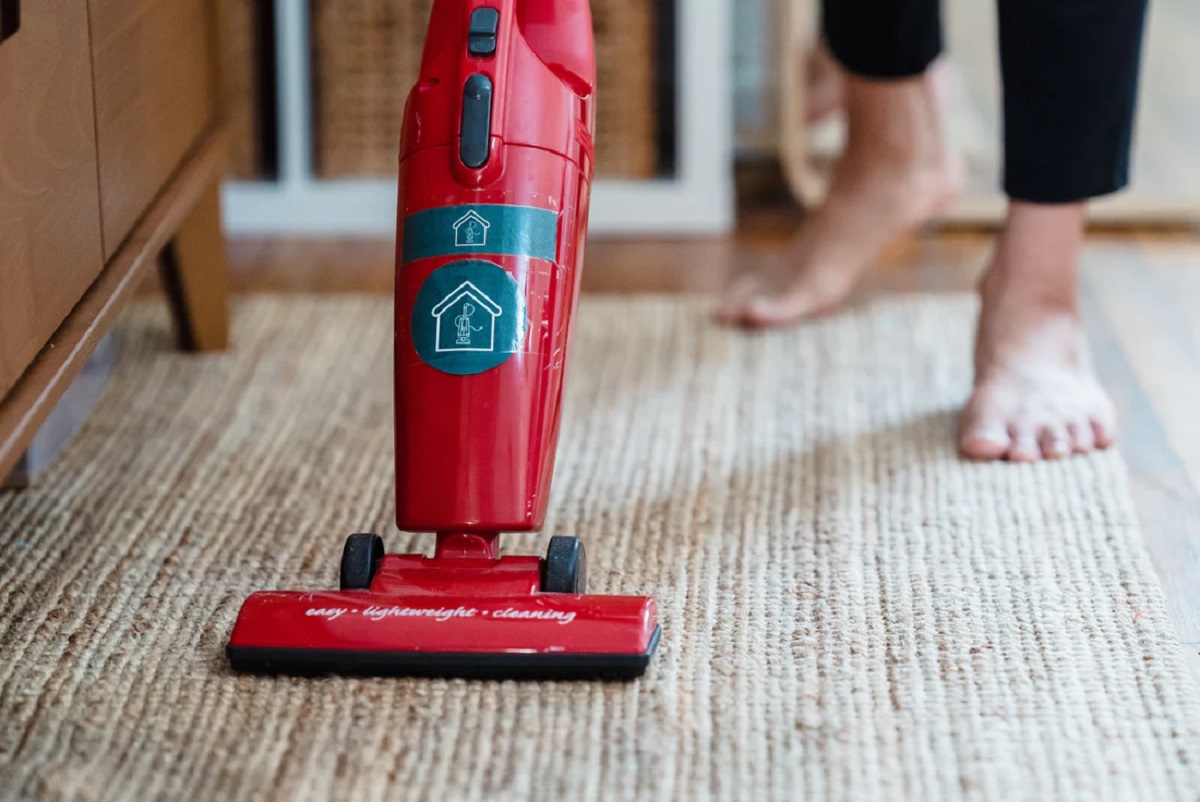
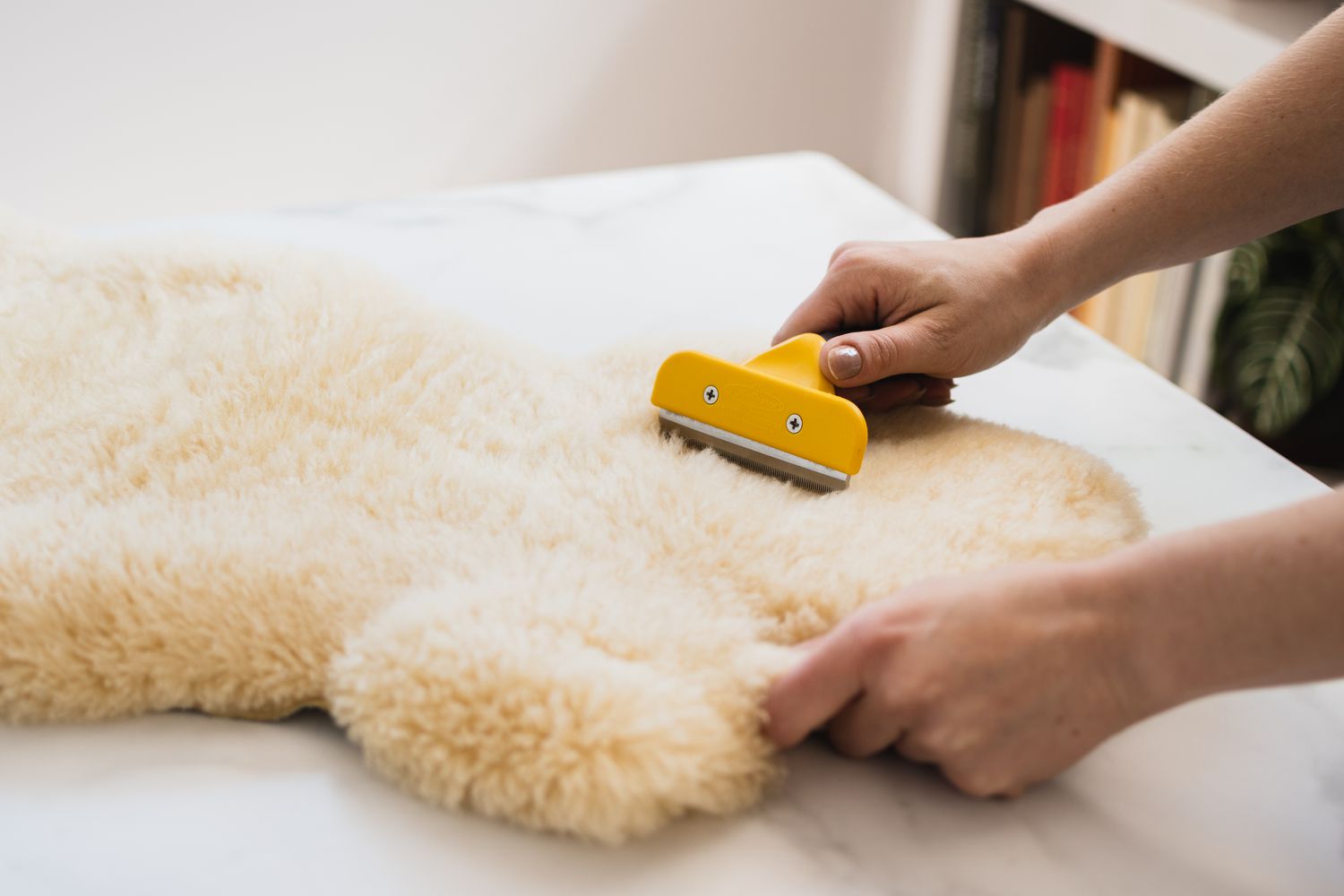
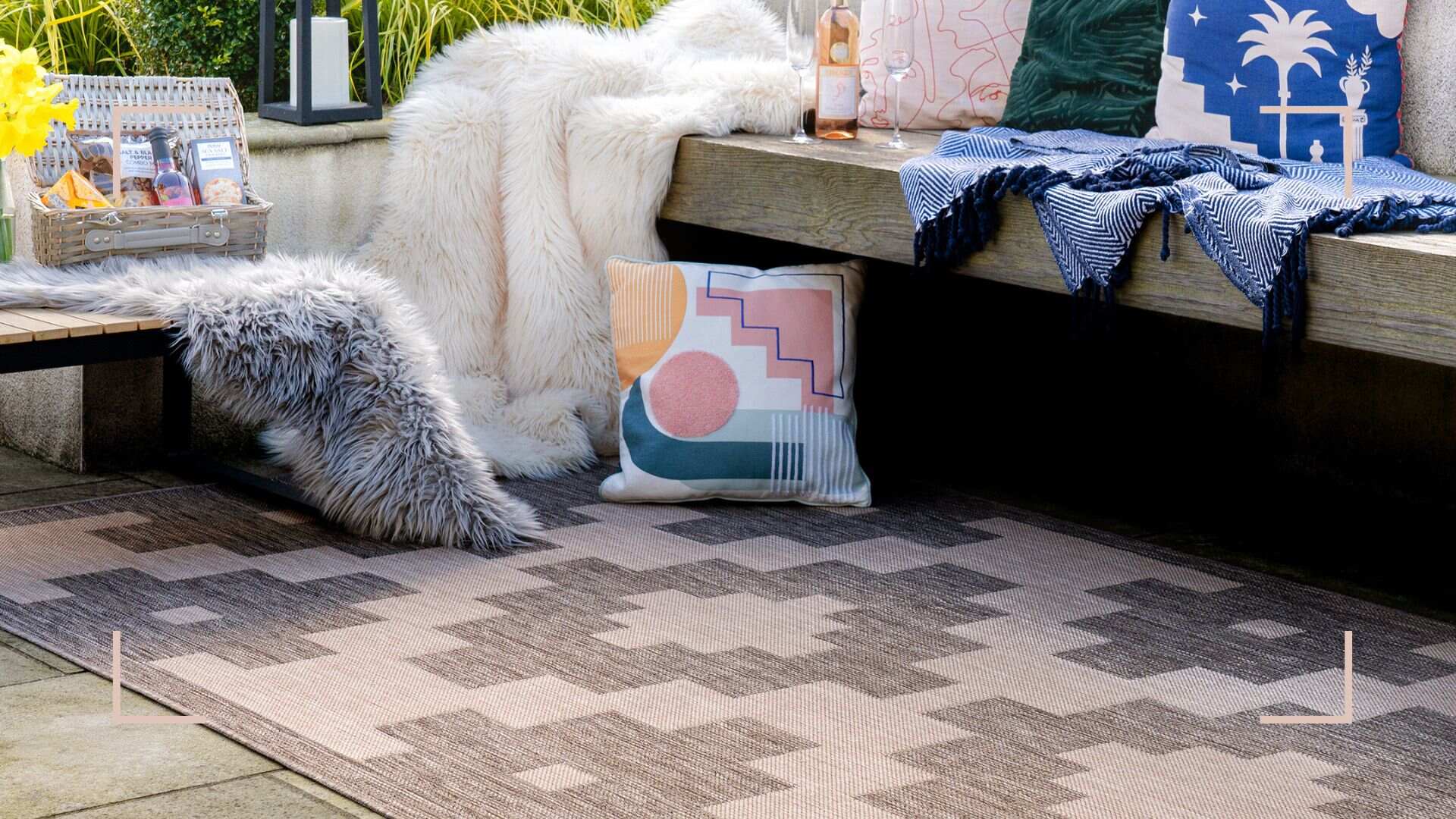
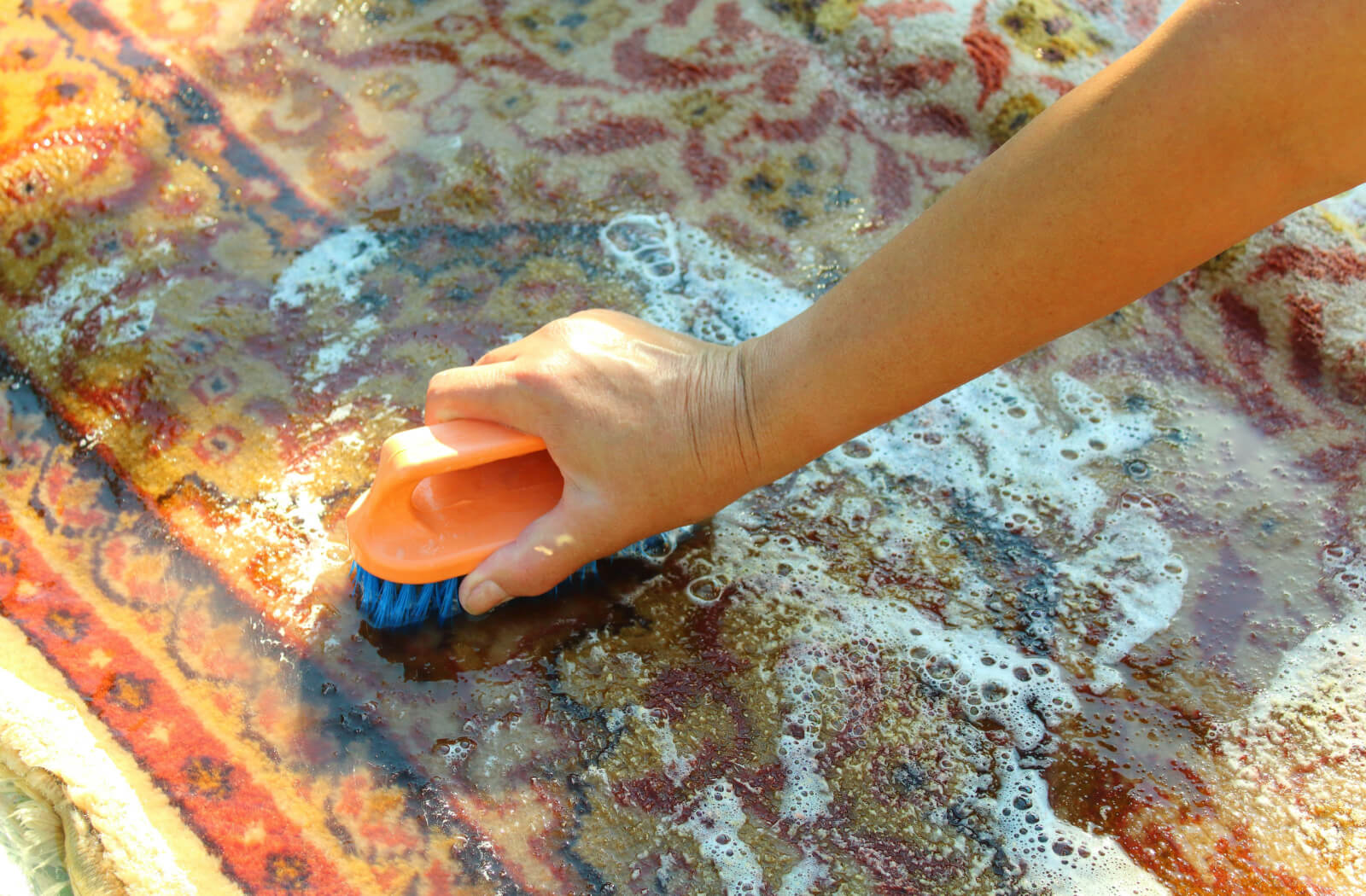
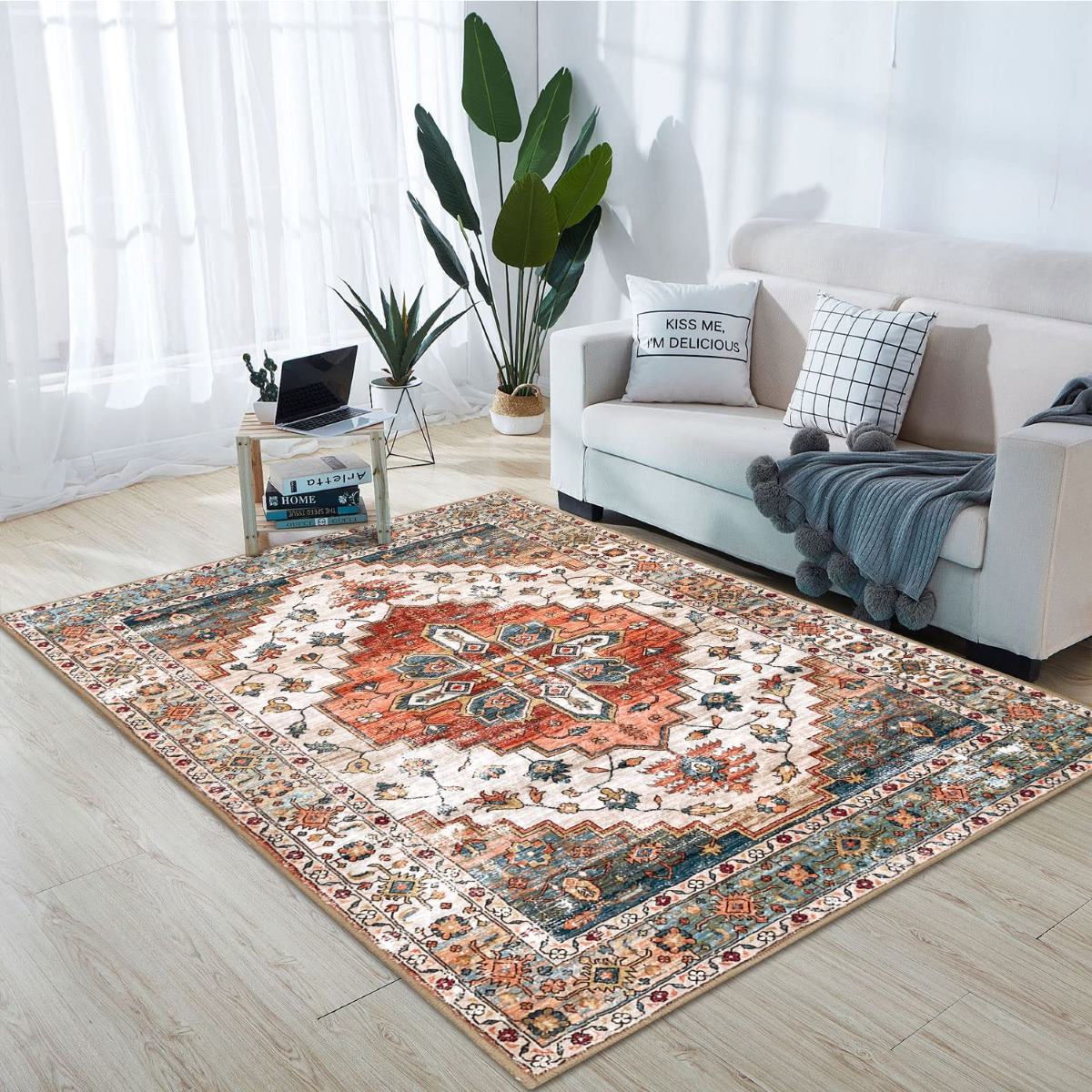
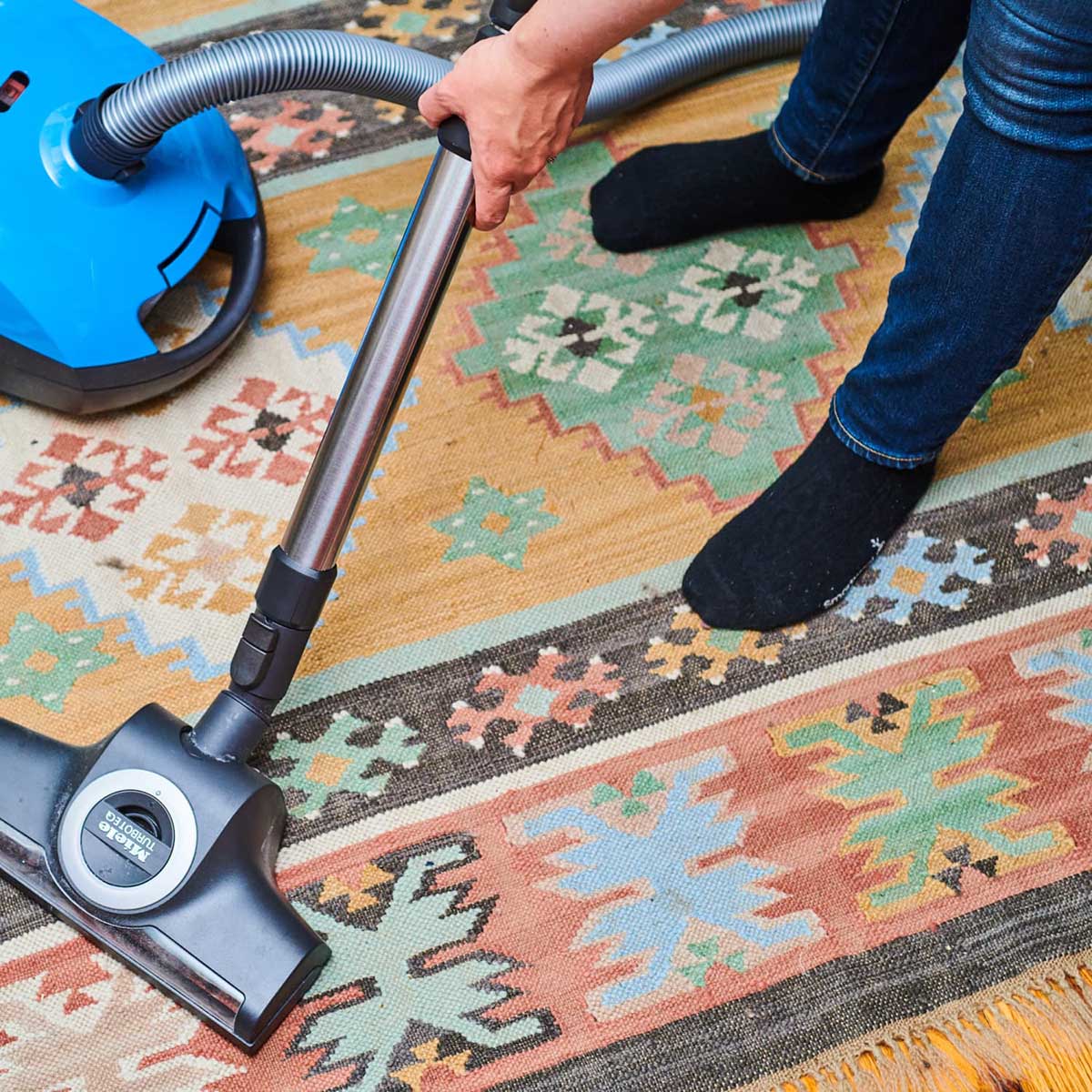
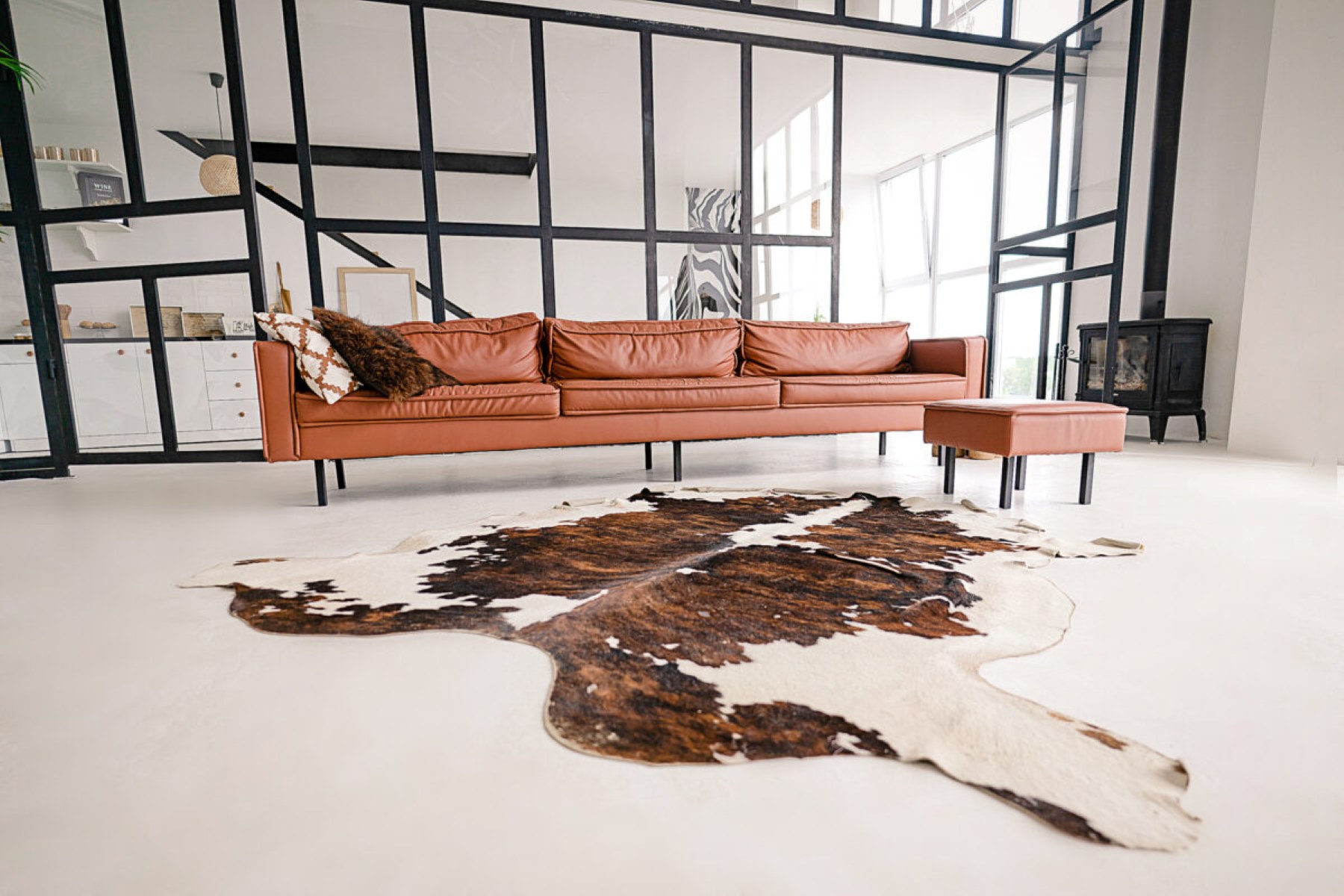
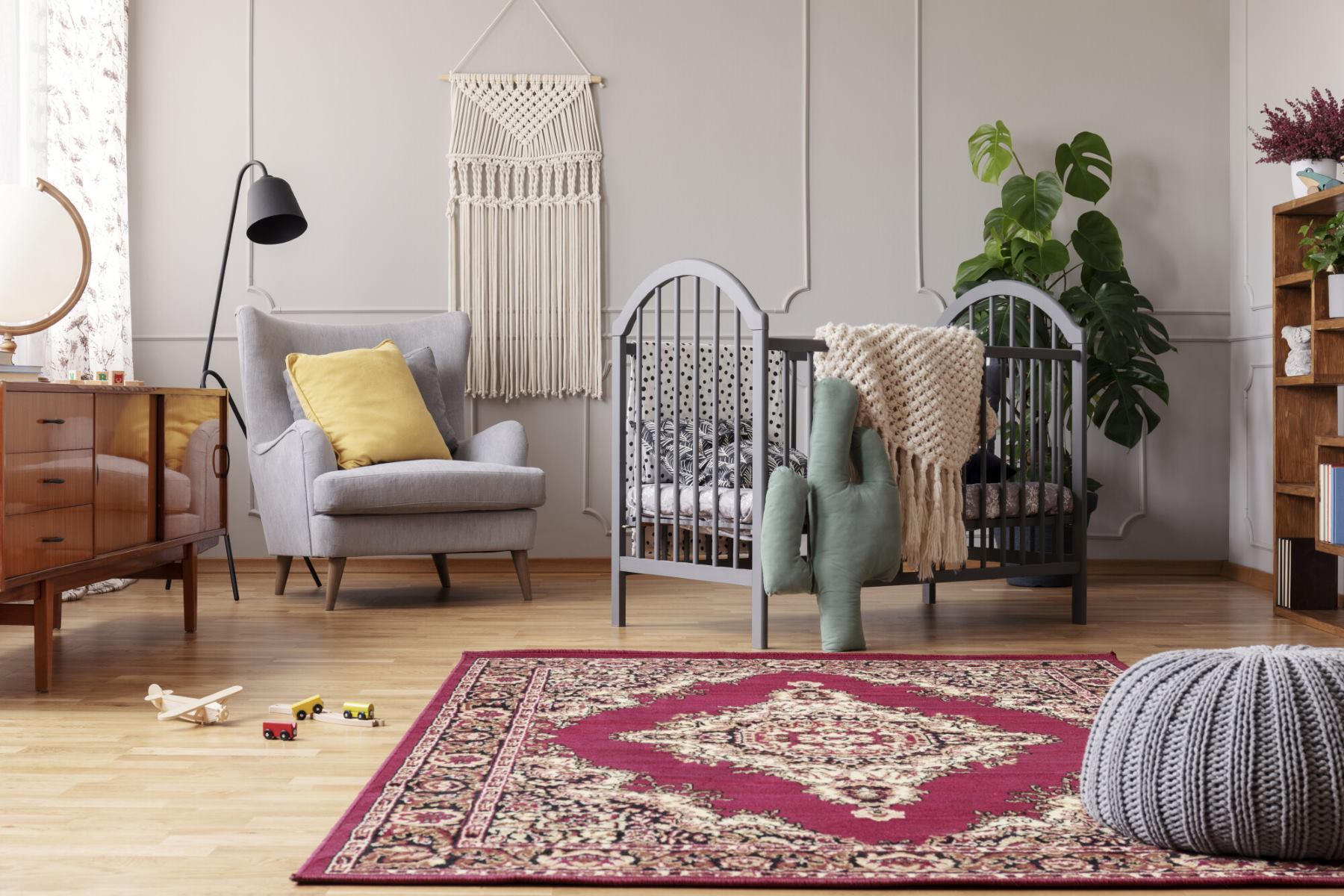
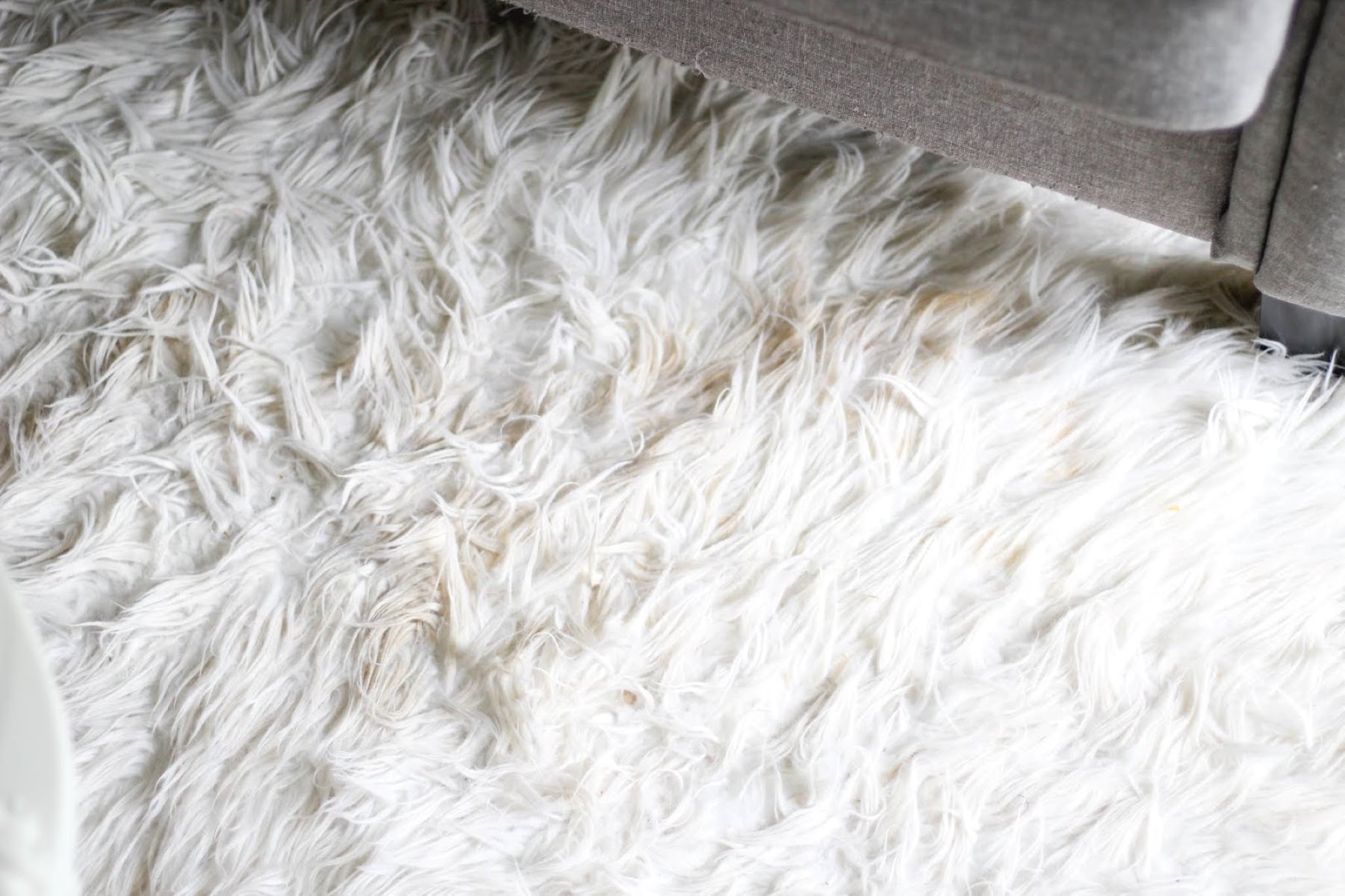
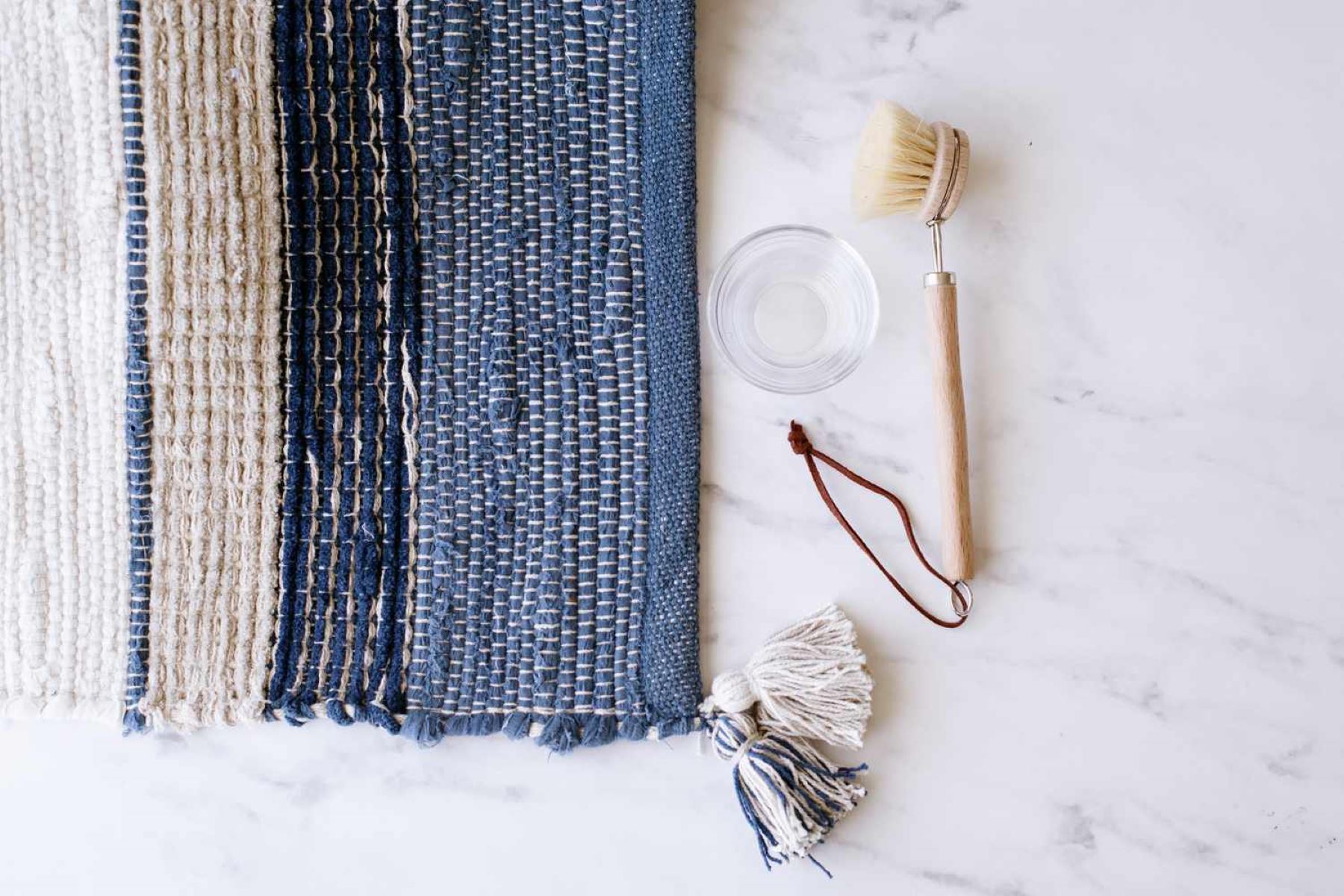

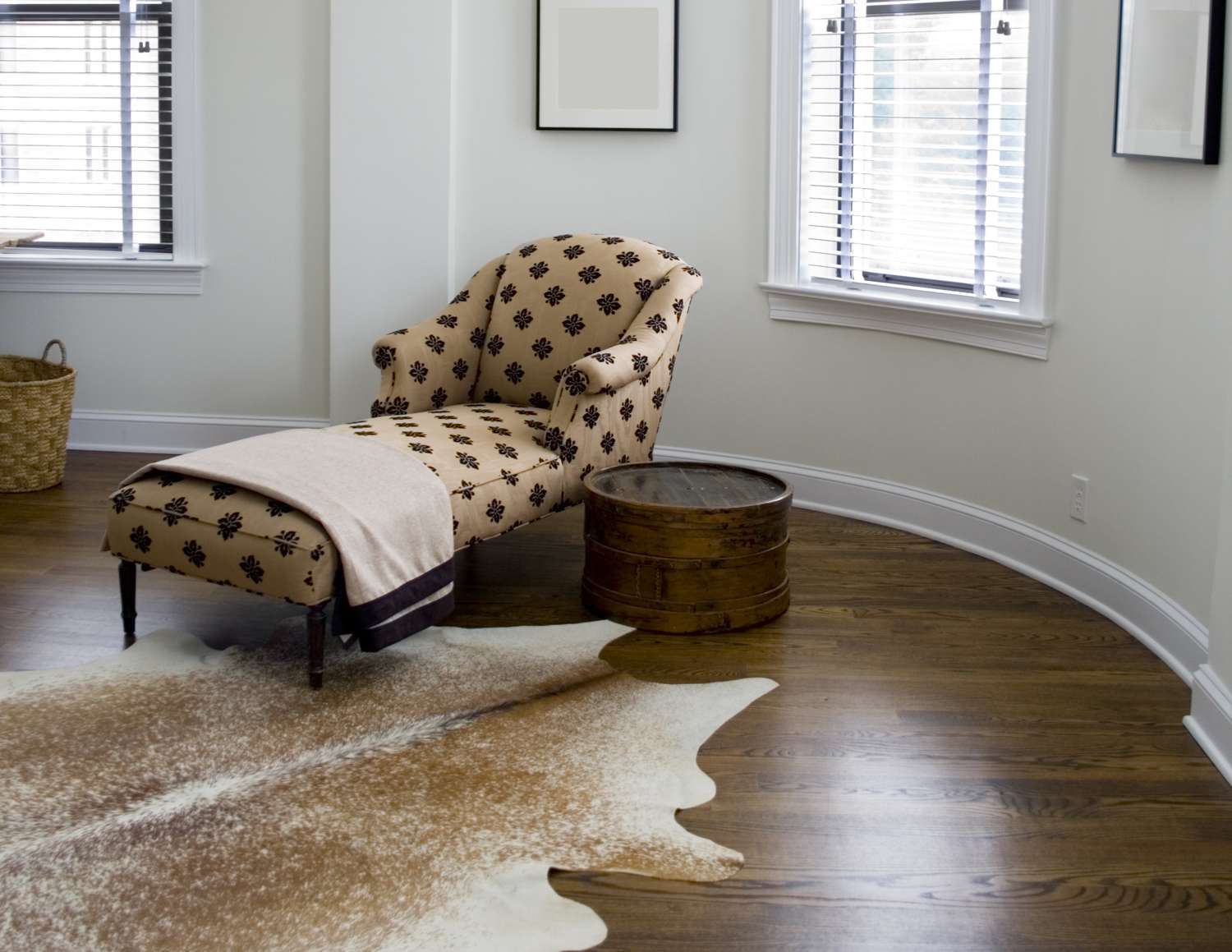
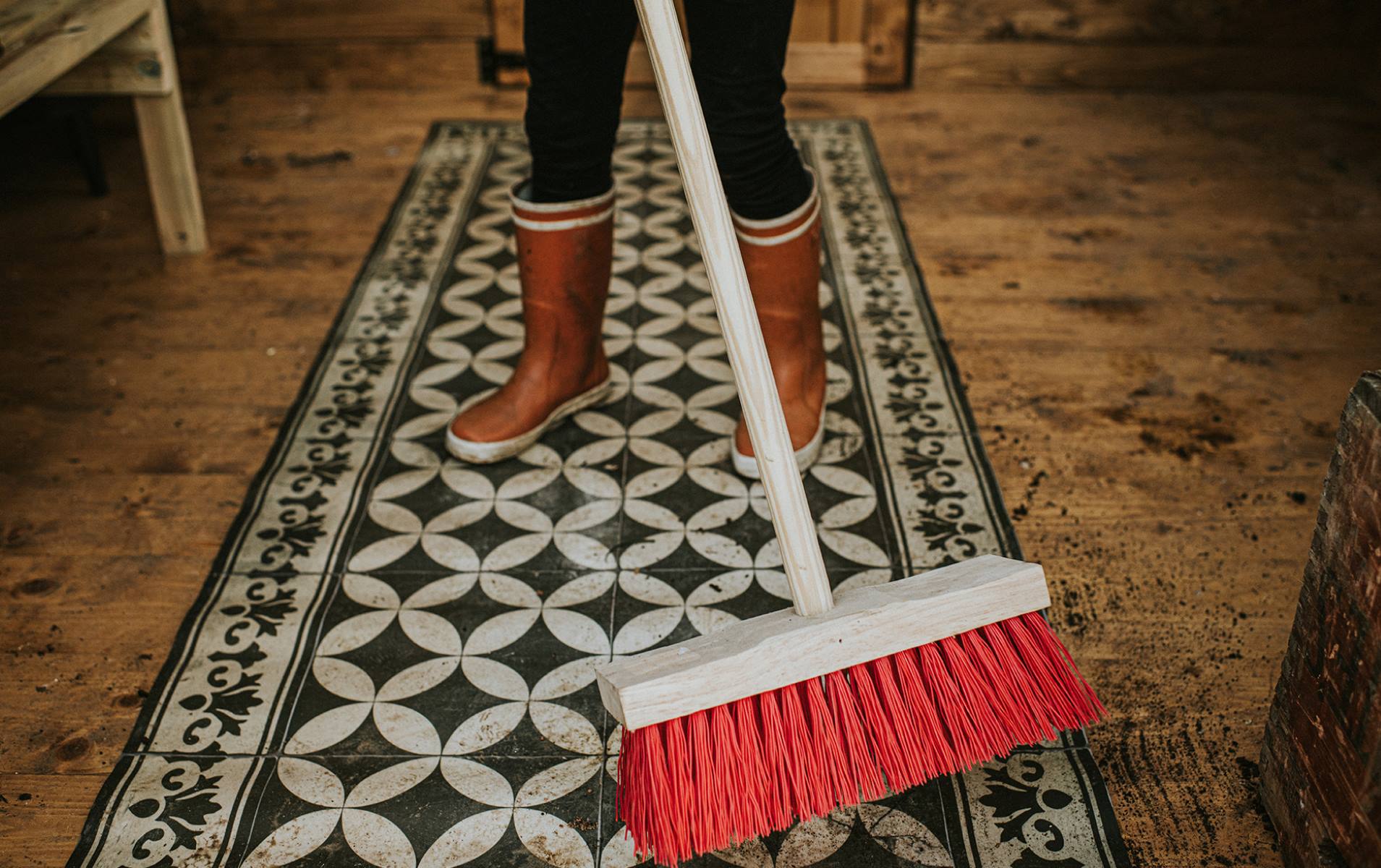

0 thoughts on “How To Clean Large Rugs”